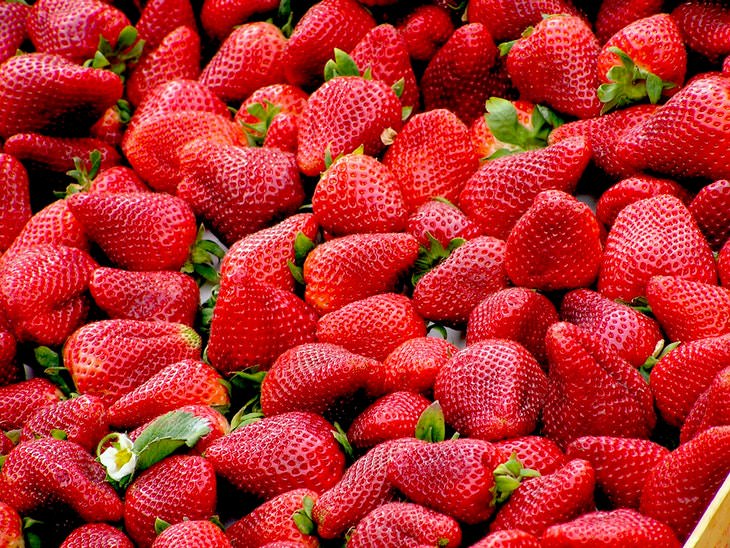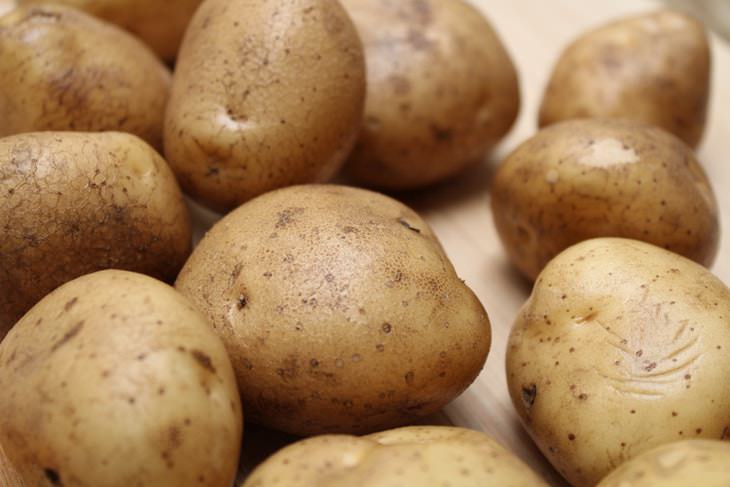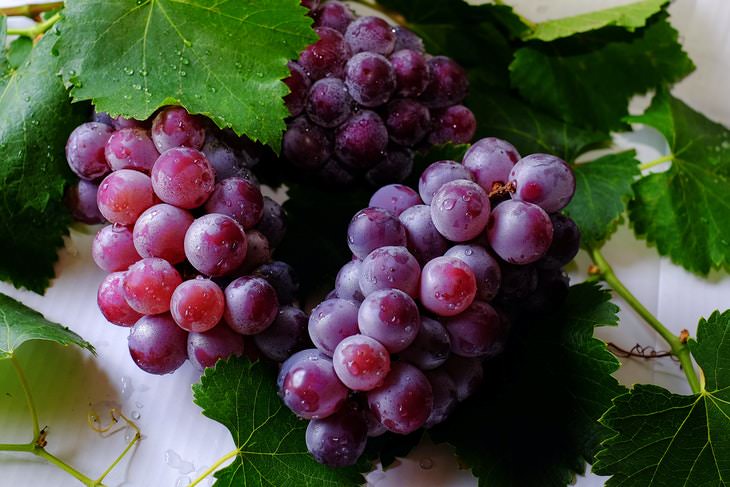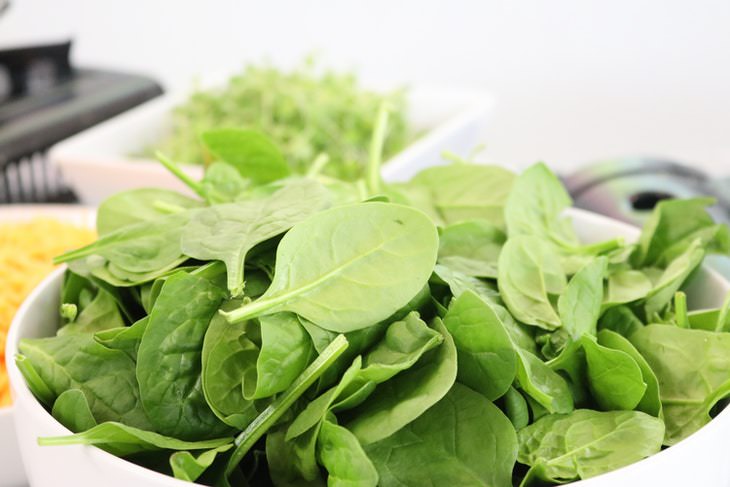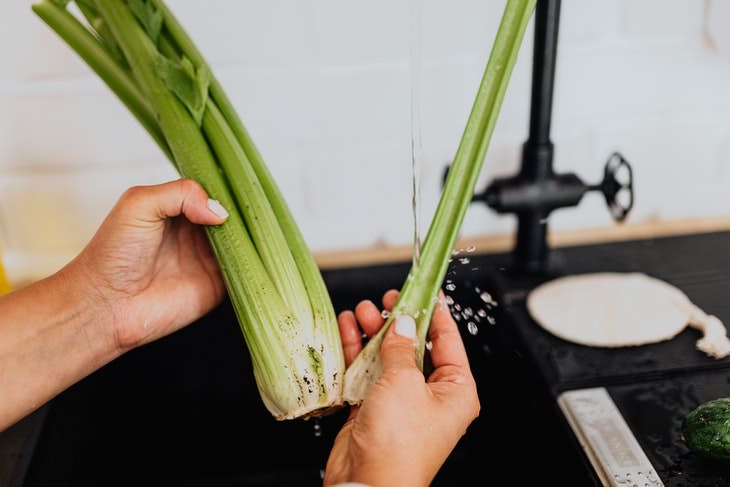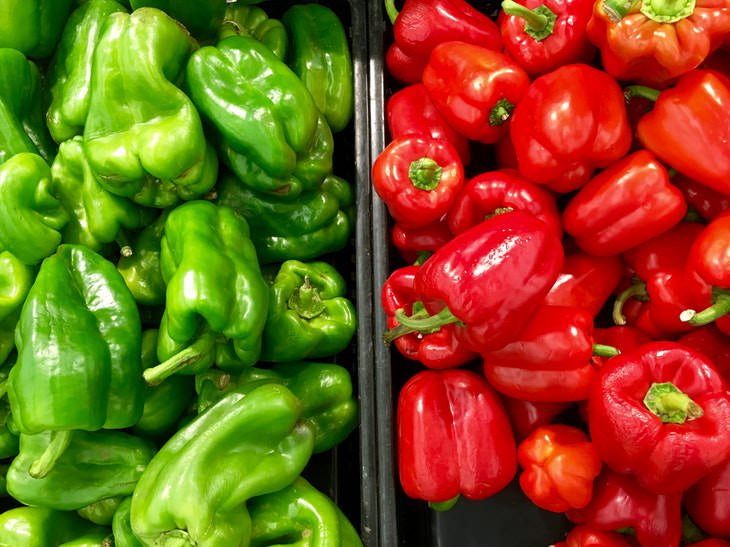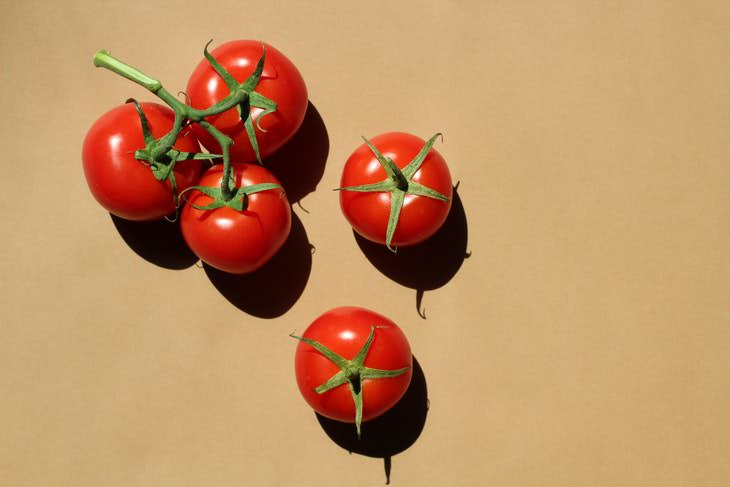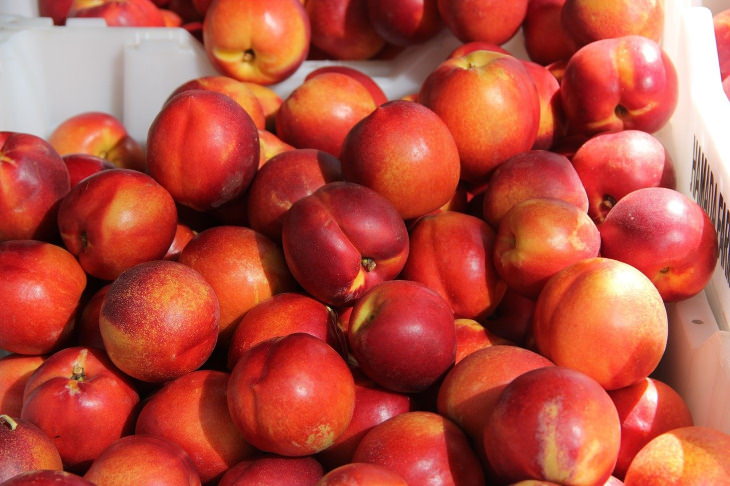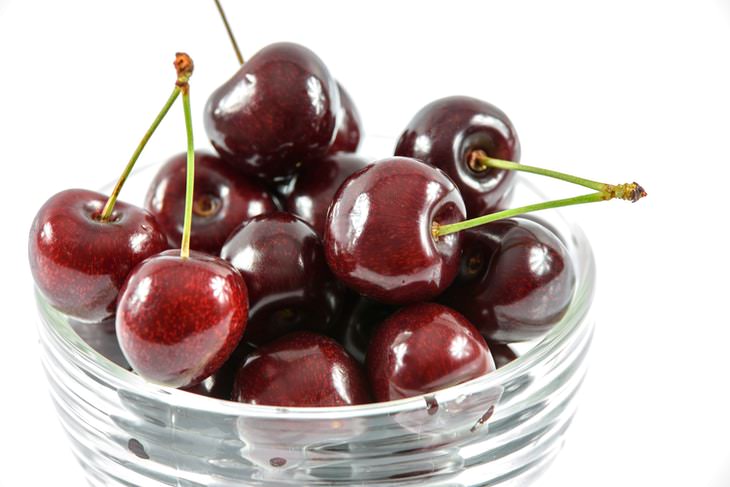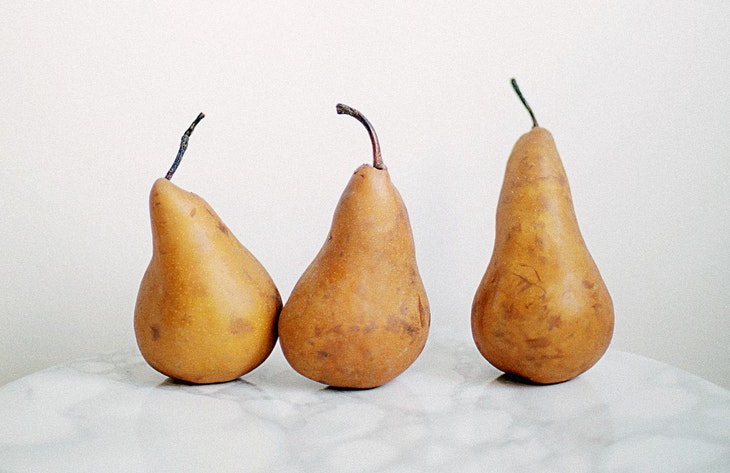1. Strawberries
Strawberries top the EWG list as the food with the most pesticides for the fifth year in a row. 99 percent of the strawberries tested by the organization contained at least one pesticide, and 30 percent had 10 or more kinds of pesticides. This is after all strawberries were rinsed in the field and washed right before testing. If there’s only one food you want to always buy organic, it should be strawberries.
2. Potatoes
Potatoes may not immediately come to mind when you’re thinking of foods you should buy organic. After all, we’re used to believing that peeling removes the majority of pesticides from potatoes. Unfortunately, this is not always the case because the entire root vegetable can absorb pesticides from the soil.
The USDA Pesticide Data Program showed that 35 different pesticides are used to grow potatoes. The most common pesticide in potatoes is chlorpropham, a herbicide that could have dangerous health effects with regular exposure according to an animal study.
3. Grapes
Grapes have ranked number six on the EWG list, with 96 percent of all the grapes tested containing pesticides. For this reason, it’s best not to purchase grapes offseason and opt for organically-grown grapes when they are in season. In the United States, the season for harvesting grapes is from August through October.
4. Leafy greens
Many leafy greens contain alarmingly high levels of pesticides - 90 percent. Spinach is the close second after strawberries on the EWG ranking. Kale, collard greens, and mustard greens were mentioned collectively. They were included in the third spot of the list.
Many samples of spinach contained traces of permethrin, a known neurotoxin, whereas 60 percent of the kale samples had some amount of DCPA, a potential carcinogen banned in the European Union. Luckily, buying organic greens is easy, as most grocery stores offer them in the fresh produce section these days.
5. Celery
Celery is one of the healthiest foods out there, but it is also often contaminated with pesticides. One celery sample tested by the USDA contained 13 different pesticides, and the vast majority of the samples - almost 95% percent - had at least one kind of pesticide.
Keep in mind that the levels of pesticide residue found in celery were lower than many other crops mentioned on this list. If you’re juicing or eating celery fresh, though, it’s still important to buy organic and wash the stalks thoroughly before use.
6. Peppers
Both sweet bell peppers and hot peppers can be surprisingly high in pesticides. Even though many hot pepper varieties are naturally resistant to pests, almost 75% of them tested positive for pesticide residue. “Peppers still contain concerning levels of acephate and chlorpyrifos – organophosphate insecticides that can harm children’s developing brains and are banned from use on some crops in the U.S. and entirely in the EU,” the EWG points out on their website.
7. Tomatoes
Both regular tomatoes and cherry tomatoes are best purchased organic, although data suggest that cherry tomatoes are lower in their pesticide content this year. Some samples of regular tomatoes contained up to 15 different kinds of pesticides! So opt for organic tomatoes or in-season cherry tomatoes if organic ones are difficult to get where you live. The season for cherry tomatoes starts in June and ends in late summer.
8. Peaches and nectarines
Most conventionally-grown nectarines and peaches contain at least one kind of pesticide. Some contained as many as 15 varieties of these chemicals. Somewhat lower levels of chemical residue were found in peaches, but both fruits made it to the EWG’s top 10 list in terms of their pesticide content. For this reason, it’s probably best if you can find organically grown nectarines and peaches.
9. Cherries
Cherries landed on the seventh position in the list, with the EWG pointing out that the conventional cherries they sampled had on average 5 pesticides. Since cherry trees are susceptible to a great number of pests and diseases, they are usually sprayed with a number of pesticides and horticultural oils from early March until they’re harvested in the summer. Unfortunately, no amount of washing is able to remove all of these residues, so it’s safer to purchase organic cherries.
10. Apples and Pears
Both apples and pears are subject to a lot of spraying by pesticides as well. Washing and peeling the fruit before eating can help reduce the number of pesticides you’ll end up ingesting, but some of these chemicals can seep into the pulp of the fruits too. As a result, the majority of apples and pears are contaminated with some amount of pesticides.
The EEG reports that 80 percent of the apple samples they tested ended up having diphenylamine, a pesticide banned over environmental and health concerns in Europe.
Share this information with family and friends!

